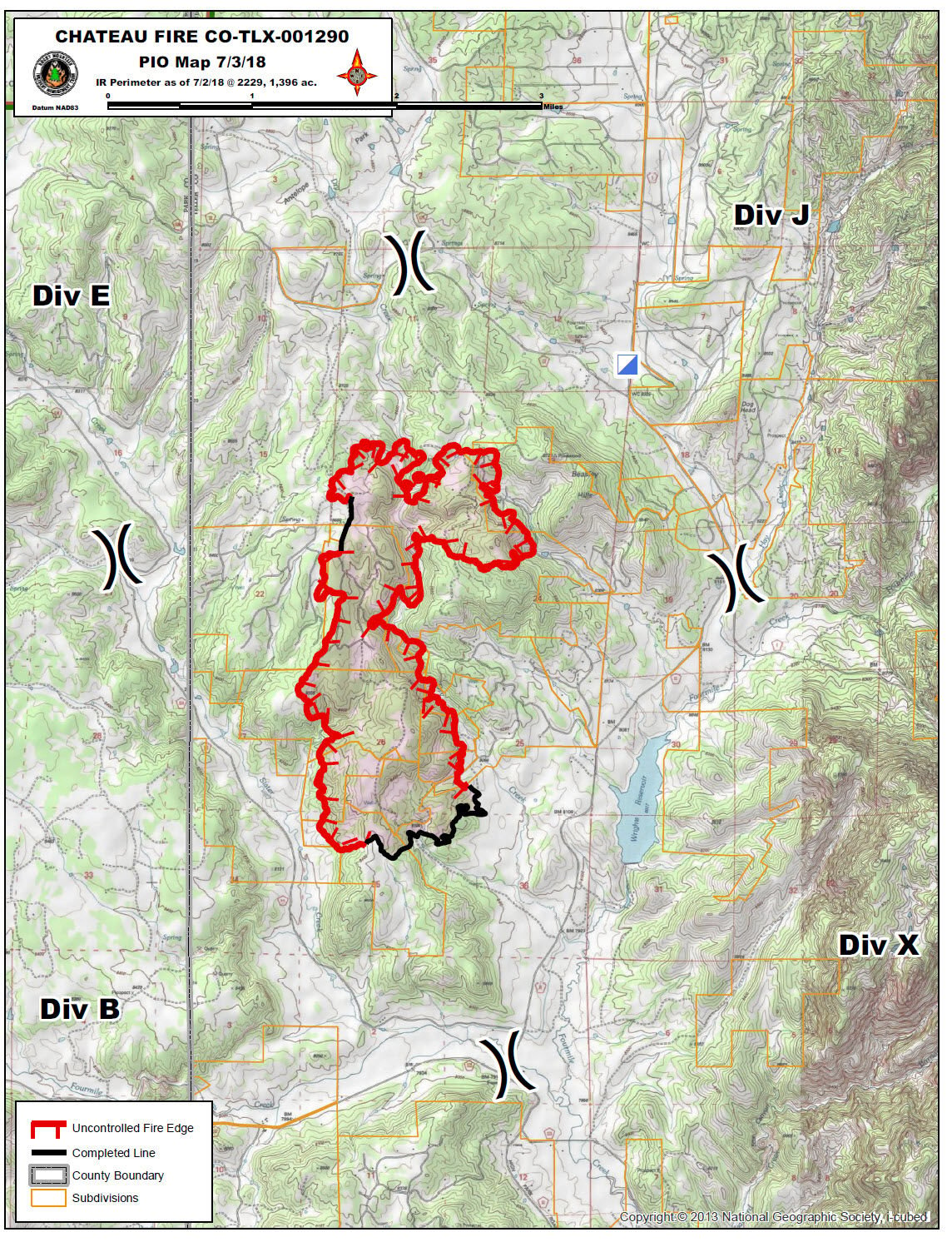
The McFarland fire was 52 percent contained on August 20 the Monument fire was 10 percent contained.Įmissions from California’s wildfires are adding up. On August 19, the Operational Land Imager (OLI) on Landsat 8 acquired a closer view (second image) of two blazes-the Monument and McFarland fires, the second- and third-largest fires currently burning in California. More than 11,000 firefighters are deployed in northern California battling these and several other fires. As of August 20, it was completely uncontained, according to Cal Fire. Though initially small, the Caldor fire exploded in size on August 16 as winds picked up, forcing thousands of people from their homes and destroying much of the town of Grizzly Flats. One of the newest and most worrisome fires was burning east of Sacramento. It recently crossed the crest of the Sierra Nevada-something California firefighters have never observed a fire doing before. In addition to charring more than 1,000 square miles (2600 square kilometers), the blaze is responsible for the destruction of at least 1,225 structures, including hundreds of homes in Greenville, California.


The Dixie fire, which was 35 percent contained as of August 20, has grown to become the second-largest fire on record in California. While smoke has often blown west in recent weeks, shifting winds have begun to darken skies in northern and central California, triggering air quality alerts in Sacramento and San Francisco. On August 19, 2021, the Visible Infrared Imaging Radiometer Suite (VIIRS) on the NOAA-NASA Suomi NPP satellite acquired a natural-color image (above) of fires raging in California. The worst of California’s fire season typically comes in autumn, but severe drought and bouts of unusually warm weather have helped sustain several major fires in northern California for much of August.


 0 kommentar(er)
0 kommentar(er)
